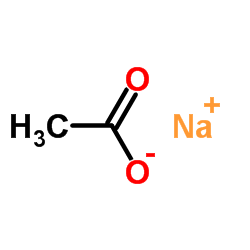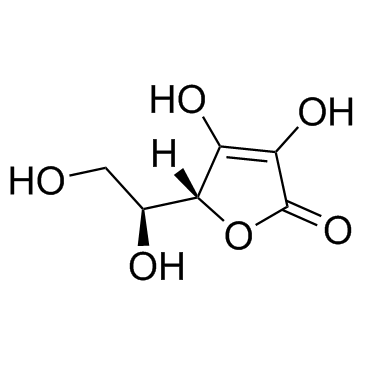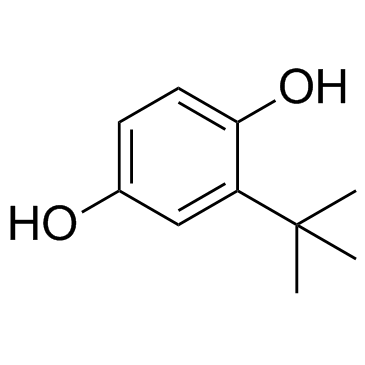| Structure | Name/CAS No. | Articles |
|---|---|---|
 |
Sodium acetate
CAS:127-09-3 |
|
 |
Sodium hydroxide
CAS:1310-73-2 |
|
 |
N-hexane
CAS:110-54-3 |
|
 |
Ammonium acetate
CAS:631-61-8 |
|
 |
Acetonitrile
CAS:75-05-8 |
|
 |
Methanol
CAS:67-56-1 |
|
 |
Potassium hydroxide
CAS:1310-58-3 |
|
 |
Dichloromethane
CAS:75-09-2 |
|
 |
Ascorbic acid
CAS:50-81-7 |
|
 |
tert-Butylhydroquinone
CAS:1948-33-0 |